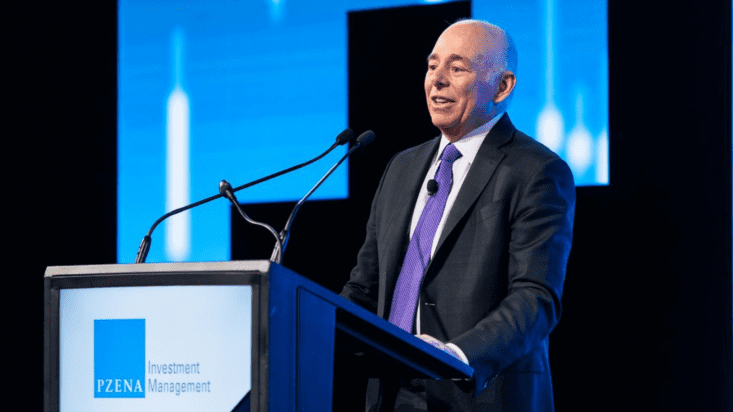Blind faith in growth tech stocks doesn’t add up: Pzena
The Magnificent Seven US technology stocks Apple, Microsoft, Google parent Alphabet, Amazon, Nvidia, Meta Platforms and Tesla have become ubiquitous market darlings, and with good reason given their stupendous performance. They are the tip of the spear for growth stocks this century, averaging 47 per cent returns in the first six months of this year alone.
But that doesn’t necessarily mean value stocks have underperformed. And it doesn’t mean investors should be piling into growth stocks by default, according to Pzena Investment Management.
Because a small handful of big stocks did so well, it’s given people the impression that value has done poorly. But that isn’t necessarily the case.
The performance of value stocks is actually in line with historical averages, the Pzena team explained on a recent webinar. Value is doing exactly what it’s supposed to do. It’s just that the outperformance of these seven stocks has been so stark that it’s distorted the market.
“Most people have come to the conclusion that value is just a bad place to be, but it’s actually the same performance that value has exhibited over the last 100 years in the United States,” explained co-chief investment officer and portfolio manager Rich Pzena.
“If I went back 100 years in the United States and just naively picked the cheapest stocks, I would have earnt about 11.3 per cent a year over that period,” he said. “And over the last ten years value is earning 11.1 per cent, so value is actually behaving quite normally. It’s the other side that has deviated dramatically, not only this quarter but over the last ten years.”
It’s actually been a good period for the equity market as a whole, Pzena explained, with both value and growth stocks performing well. But the 47 per cent return from these seven behemoth technology stocks has exacerbated the delta in performance dramatically – “specifically in the US, where it’s almost three quarters the difference,” he says.
“And if you take out the Magnificent Seven from US total returns over the last ten years that’s close to three points, so it goes down from more than 12.5 per cent to ten per cent,”
Markets are cyclical
Where the market goes from here is a question each investor must face on their own, but for those looking to chase the growth tail and tip into what are a small clutch of highly price equities, Pzena has a sobering history lesson.
“What has happened in the past when you’ve had these extreme outperformance periods like the one we just witnessed in the last six months… the bounce back for equally weighted portfolios and more importantly for value portfolios has been quite extreme.”
Whether markets will turn in the short or medium will depend on myriad factors, but all markets are cyclical. The question for investors, then, is which companies have the kind of growth left in them to justify their price – which in the case of the large tech companies, is historically steep.
It’s a question buyers of switchboard maker Cisco learnt the hard way around the turn of the century, when technology swerved in a new direction and the one-time most valued company in the world took a dive.
‘Extremely optimistic views’
Pzena uses Microsoft as a salient comparison in the current market – while Cisco and Microsoft are far from analogous, there are still lessons that should be heeded.
“People look at Microsoft and say that it’s a real business and it’s got [high] earnings, it’s trading at 35 or 40 times earnings… but what people are excited about is not the dominant portion of what their earnings are,” he said, explaining that approximately 70 per cent of Microsoft’s revenue still comes from its cornerstone Office and Windows software. “It’s not the exciting part of cloud and enabling artificial intelligence and building all these data centres,” Pzena added.
If you apply simple mathematics to work out the kind of growth needed to justify Microsoft’s lofty share price, he continued, the numbers are “staggering”.
“In our simple arithmetic the cloud business would have to grow 20 per cent a year for 20 years, and it is growing at 20 per cent at the moment so it doesn’t sound like an outrageous number,” he said. “But when you compound that for 20 years and you look at the historical trends in what overall global tech spend has been and what it’s likely to be, that would imply that in 20 years global cloud spend would exceed global tech spend… so that’s an impossibility.”
Cloud spend could increase dramatically, of course, but the Microsoft case study is just one example of digging deeper into what it would take for some of these highly valued companies to continue their outperformance in the long term.
“We always have to remember that someone has to write the cheques,” he said. “It’s not just excitement about the technology… and betting on extremely optimistic views.”











